Growing fruit crops with vaccination is a great option to get the right plant variety. It is not necessary to wait for spring to do this work. Experienced gardeners prefer to be vaccinated in winter and grow seedlings in a greenhouse or at home. With the correct procedure in the fall, strong annual plants are obtained.
Content
Features of winter vaccination
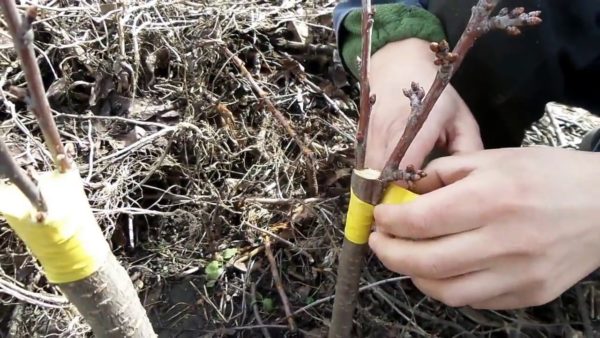 To quickly obtain a strong seedling of varietal culture, grafting is used in the winter months. Prior to performing the procedure directly, gardeners harvest grafting material. All work is performed in a warm room in comfortable conditions, and not on the street. Therefore, this grafting of plants is also called home or desktop.
To quickly obtain a strong seedling of varietal culture, grafting is used in the winter months. Prior to performing the procedure directly, gardeners harvest grafting material. All work is performed in a warm room in comfortable conditions, and not on the street. Therefore, this grafting of plants is also called home or desktop.
In winter, shrubs and any fruit crops are planted. But keep in mind that in especially capricious varieties, survival rate is low. Grape, apples or pears do not cause problems, and individual varieties of cherries take root very difficult.
The right tools
During work, the gardener will need special tools. To work, you will need:
- sharpened knife or a special knife for budding;
- garden saw or hacksaw;
- special tape or plastic bag for tying;
- garden var or oil paint.
Winter grafting benefits
Winter is a relatively calm period for gardeners. During this period, all garden chores have already been completed, and the harvest is processed. Therefore, it is possible to carry out part of the necessary spring work right at home in comfortable conditions. Eyelets grafted at this time with budding show a high degree of survival and do not die from frost. In addition, this method of grafting significantly accelerates the growth of seedlings. By the fall, they grow large enough and strong enough to be transplanted to a permanent place.
Grafting material for vaccination
Depending on the climatic conditions of the region, work on winter grafting of plants begins at the end of December or in January. Complete this procedure with the advent of spring and the establishment of heat. But preparatory work is done much earlier. Experienced gardeners take care of harvesting scions and stocks in the fall. This is usually done in October or in the first days of November. Until the main work is completed, the prepared material is stored in special conditions.
Stocking stocks
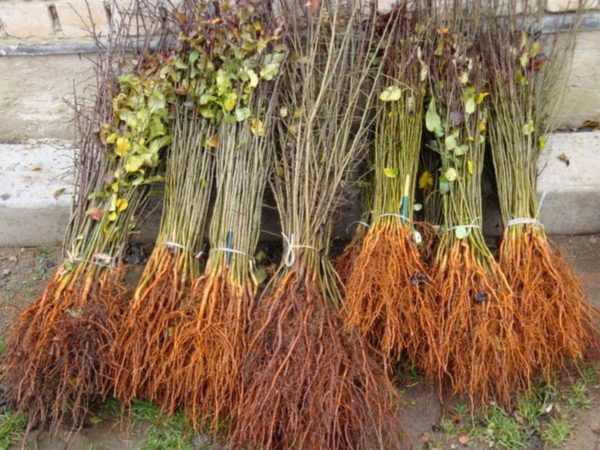 As a stock for home vaccination, only strong young plants are selected. After all, the height and durability of a new tree or bush, as well as the number of fruits, depend on this. According to the method of cultivation, they are seed and vegetative. In the first case, seedlings were grown from seeds, and in the second, they were rooted by cuttings.
As a stock for home vaccination, only strong young plants are selected. After all, the height and durability of a new tree or bush, as well as the number of fruits, depend on this. According to the method of cultivation, they are seed and vegetative. In the first case, seedlings were grown from seeds, and in the second, they were rooted by cuttings.
Instances of 1-2 years of age or cloned cloned plants are dug up before the arrival of frost in October. Select specimens with well-developed roots and a trunk thickness of more than 7 mm. They are shortened to a length of 30 cm. The stock prepared in this way is stacked in boxes and sprinkled with a moistened mass of sand and sawdust. Then the containers are transferred to a darkened room with an air temperature of 0 to +3 degrees. The ideal option in this case is a basement or cellar.
Scion preparation
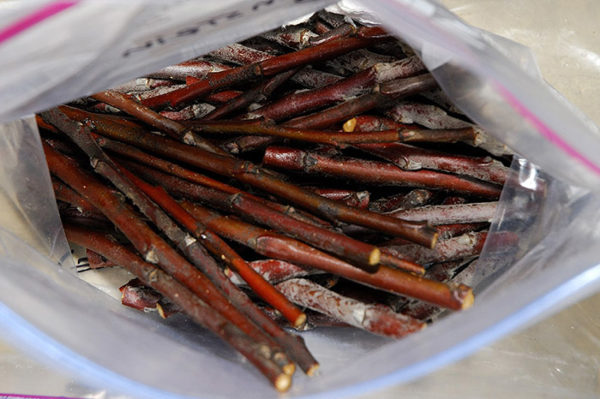 Scion cuttings are also prepared in the fall, before the onset of the first frost. They are cut from the upper shoots of trees of a suitable variety. Cuttings are made with a length of 10-15 cm with 2-3 living kidneys. If you plan to vaccinate several varieties or varieties, scions are collected in separate bundles and attach a tag with the name.
Scion cuttings are also prepared in the fall, before the onset of the first frost. They are cut from the upper shoots of trees of a suitable variety. Cuttings are made with a length of 10-15 cm with 2-3 living kidneys. If you plan to vaccinate several varieties or varieties, scions are collected in separate bundles and attach a tag with the name.
Before starting work, the cuttings are placed in a box with moistened sand in a vertical or slightly inclined position, deepening the lower part by a third. Another storage option is to place the cuttings in a film and tie. Scions are kept together with stocks in the basement or in the cellar.
Vaccine step-by-step instructions
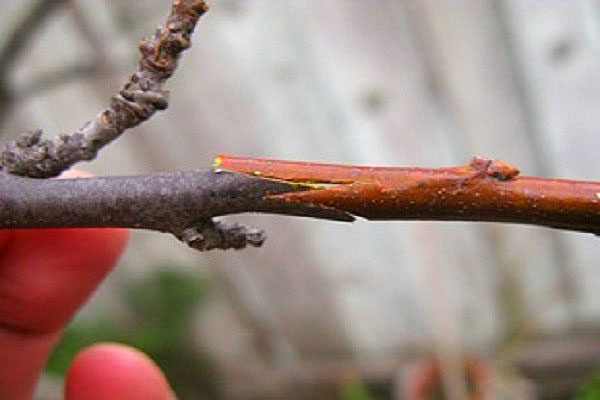 Inoculate fruit crops in several ways. If the thickness of the connected branches is the same, an improved copulation is a good option. In this case, rootstock seedlings are transferred from the basement to a room with warmer air, the temperature should be from +10 to +12 degrees. They are laid out on any moistened surface and inspected. Discard all weakened specimens, remove areas of decay and damage to the roots.
Inoculate fruit crops in several ways. If the thickness of the connected branches is the same, an improved copulation is a good option. In this case, rootstock seedlings are transferred from the basement to a room with warmer air, the temperature should be from +10 to +12 degrees. They are laid out on any moistened surface and inspected. Discard all weakened specimens, remove areas of decay and damage to the roots.
The sculls are transferred to heat 24 hours before the scheduled time of work. To awaken and stimulate sap flow, they are soaked in water or a weak solution of any growth activator. 3 hours before work, the scions are removed, dried and transferred to a warm room, laying on a horizontal surface.
Immediately winter grafting of fruit trees is performed as follows:
- In the area of the root neck of the stock, an oblique cut with a sharp knife is performed. In length, it should be equal to three diameters of the scion.
- A tongue is cut across the cut.
- Similarly cut the scion stalk.
- Combine slices with each other by inserting tabs into each other.
- Tightly wrap polyethylene at the junction.
- Cover the upper cut of the scion graft with garden varnish so that it does not dry during storage.
Winter vaccination methods
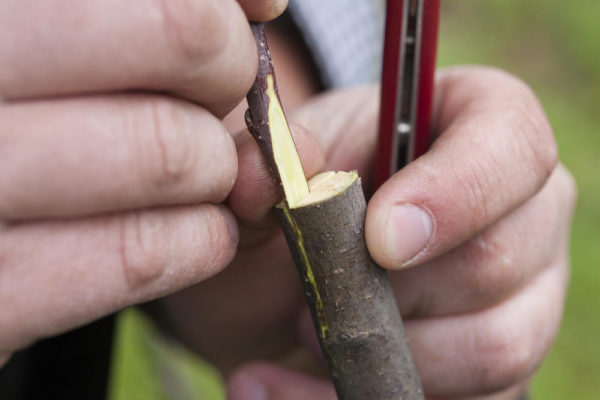 If the stock is twice as large as the graft, the Khudyakov method is used. Then the scion graft is treated in the same way as during copulation. The stock is cut from two sides in the form of a trihedral wedge. On one of the open sides, a cut is made in the direction of the fibers and connect it to the handle. The connection area is tightly tied with electrical tape and cover all open areas with garden var.
If the stock is twice as large as the graft, the Khudyakov method is used. Then the scion graft is treated in the same way as during copulation. The stock is cut from two sides in the form of a trihedral wedge. On one of the open sides, a cut is made in the direction of the fibers and connect it to the handle. The connection area is tightly tied with electrical tape and cover all open areas with garden var.
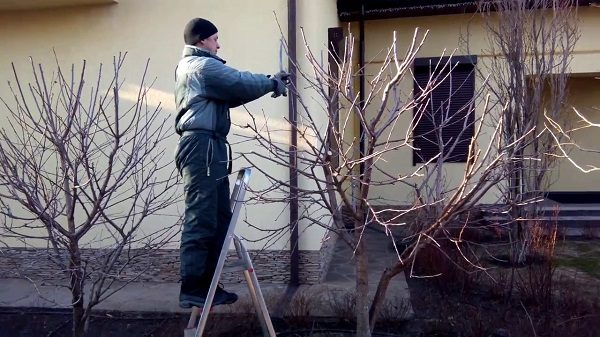 You may be interested in:
You may be interested in:When the scion is much thinner than the stock, it is convenient to plant it by the bark. In this case, the rootstock bark should be fairly easy to move away from the wood. Then from the upper cut make a small cut along the cortex and peel it with a knife on both sides. Then perform a long oblique cut on the handle and place it in a prepared place on the stock. The combination site is tightly wrapped and treated with garden var.
If the separation of the cortex is not good enough, vaccination is performed in a split. An incision is made in the center of the rootstock and a stalk is inserted into it with an oblique cut, combining the layers of the bark. Then tightly tighten the edges of the splint with tape and cover the place of inoculation with garden var.
Winter vaccination of apple trees
Varietal apple trees are plantedwhen the seedlings are at rest. Gardeners recommend performing this operation in late January. But much in choosing a term depends on the climatic conditions in the region.In areas with frosty, harsh winters, it is recommended to postpone vaccination until spring to save yourself from big losses.
For the apple trees, all the described methods of grafting are suitable, but more often they use improved copulation, combining the graft and stock with oblique sections with a stalk. To increase the survival of seedlings, gardeners often perform waxing. For this, the grafted graft is dipped in paraffin preheated to +60 degrees. Then the plant is removed and placed in boxes filled with sand. This procedure improves the fusion of sections and reduces the likelihood of premature germination of the kidneys.
Plant storage after vaccination
After vaccination and paraffin treatment, seedlings are wrapped in polyethylene and put in boxes filled with wet sand or sawdust from deciduous trees. They are steamed with boiling water for disinfection or spilled with a weak solution of potassium permanganate. Peat or sphagnum are also suitable for shelter. A humid environment is very useful for quick growth of sections.Boxes with seedlings are left in a warm room where the air temperature is +20 degrees for three weeks. During this time, the tissue of the stem and rootstock will grow together and callus will form. It is a whitish shade of the growth, portending the formation of roots.
When the buds swell on the plant, the seedlings are transferred to a cooler room with a temperature of +4 to +6 degrees. This will slow down the growth of shoots. You can use a basement or a warm cellar for this purpose. In this state, seedlings are stored until planting.
Planting grafted plants in the ground
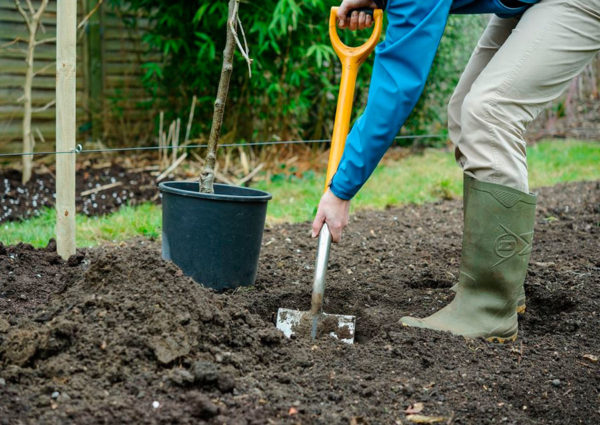 Planting plants in a permanent place is performed after the final establishment of warm weather and soil warming. Negative temperatures increase the likelihood of death of seedlings. Therefore, they are planted only after the threat of return frost has passed.
Planting plants in a permanent place is performed after the final establishment of warm weather and soil warming. Negative temperatures increase the likelihood of death of seedlings. Therefore, they are planted only after the threat of return frost has passed.
Plants are planted in areas with fertile soil. When planting, the seedlings are buried to the strapping site. Then they lay peat, closing the trunk to the first bud of the scion. After planting, the plants are watered. Then they are watched and immediately get rid of the emerging shoots.
An excellent result is the planting of seedlings in a film greenhouse. Moreover, it can be performed half a month earlier than landing in the ground. At the same time, the distance between the seedlings is 15 cm, and between the rows 45 cm. You can still transplant the seedlings in special containers or in special dense bags. During the summer, such plants actively develop and by autumn reach their optimal size for planting in a permanent place.
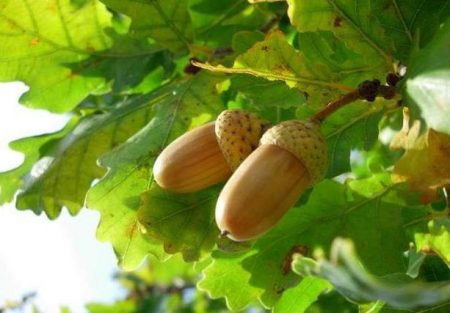 You may be interested in:
You may be interested in:Finally
Winter vaccination simplifies the work of the gardener and saves time. Already in spring, plants are planted in the ground, and by autumn they are completely ready for transplanting to a permanent place. The benefits of winter vaccination allow you to boldly experiment and get the right varieties of fruit plants quickly enough.

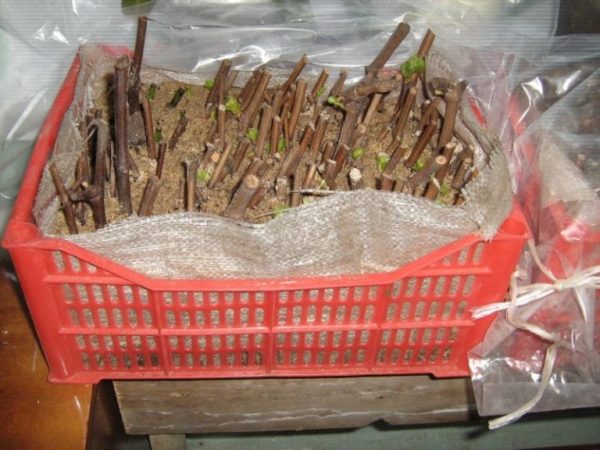
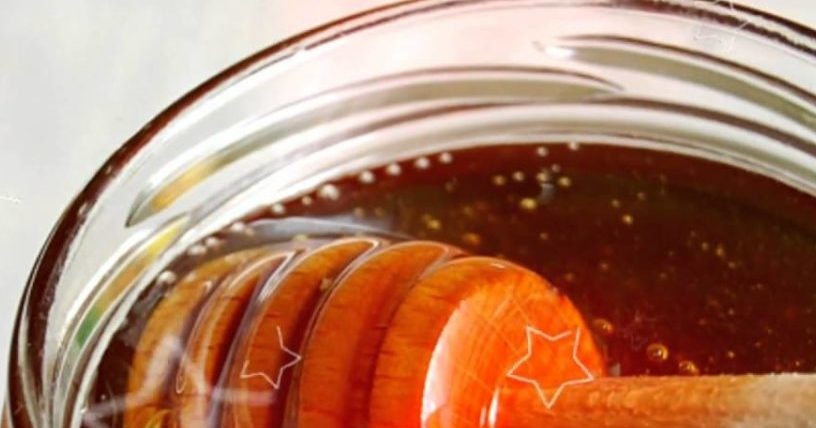
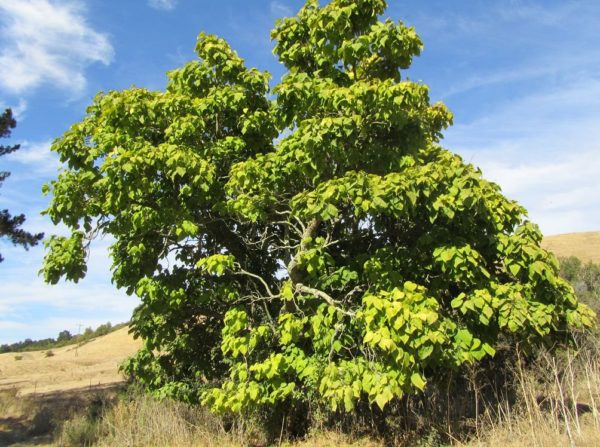
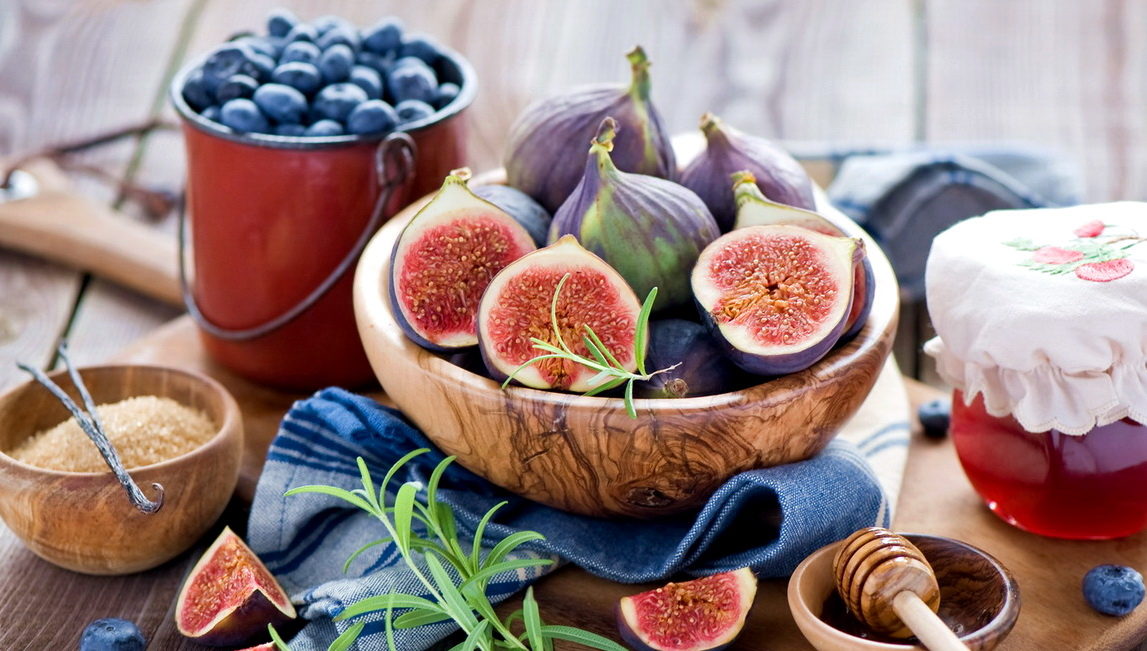
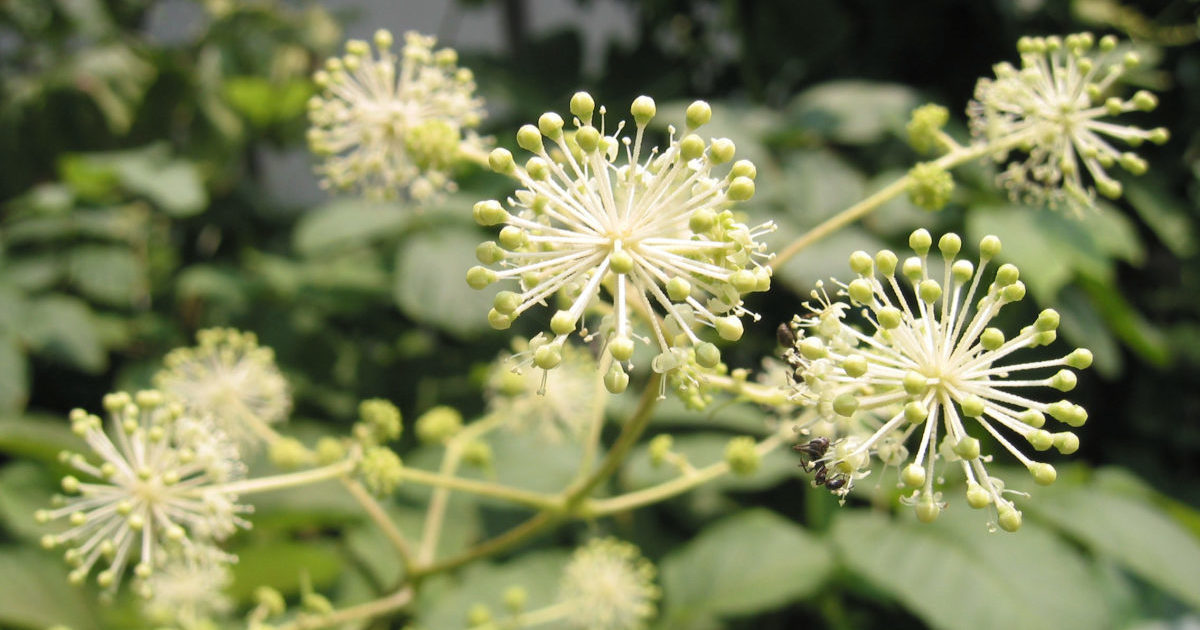 Aralia Manchurian - medicinal properties and contraindications, the use of tinctures in bodybuilding
Aralia Manchurian - medicinal properties and contraindications, the use of tinctures in bodybuilding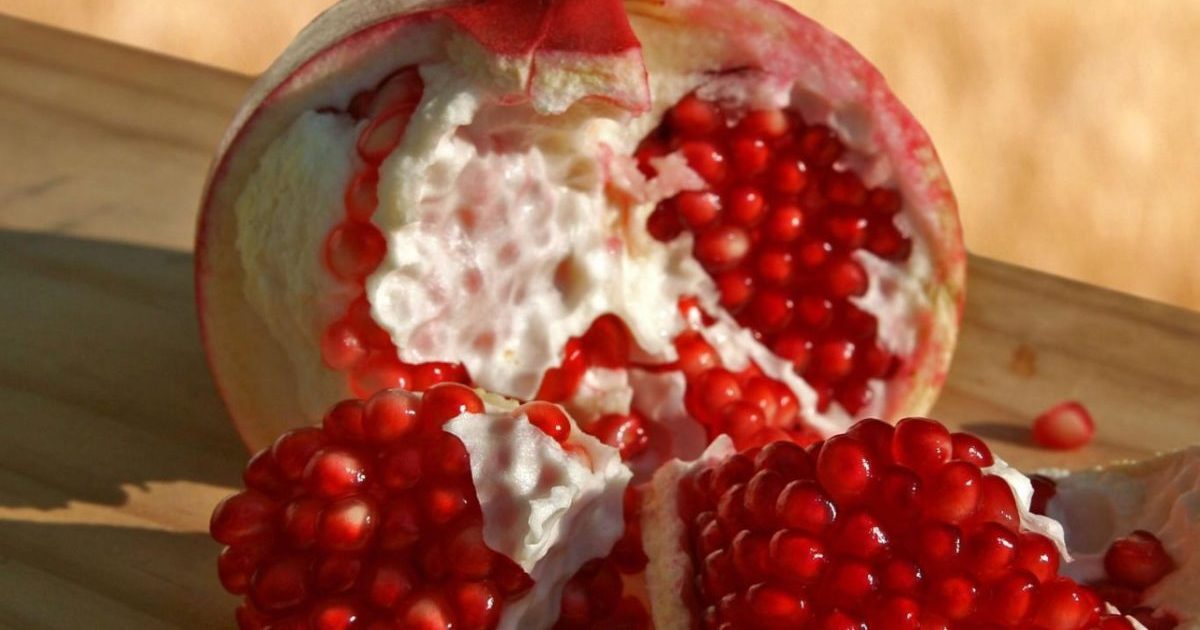 Seedless pomegranate - cutaway appearance, benefits and harms
Seedless pomegranate - cutaway appearance, benefits and harms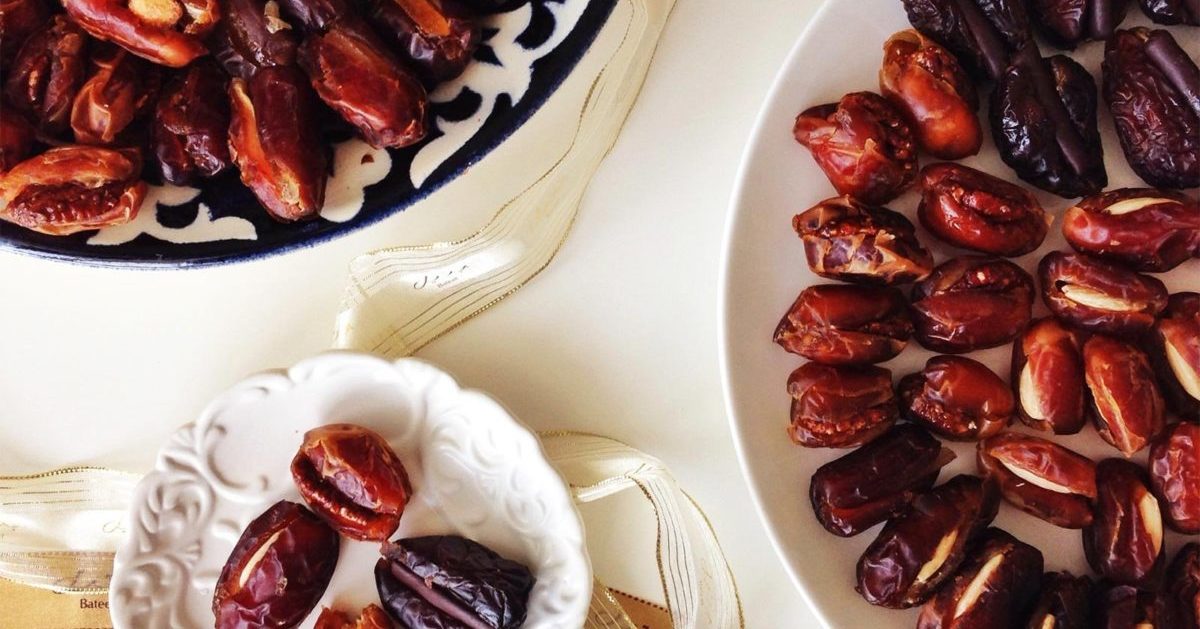 Dates - the benefits and harm to the body, how much you need to eat, properties and calorie content
Dates - the benefits and harm to the body, how much you need to eat, properties and calorie content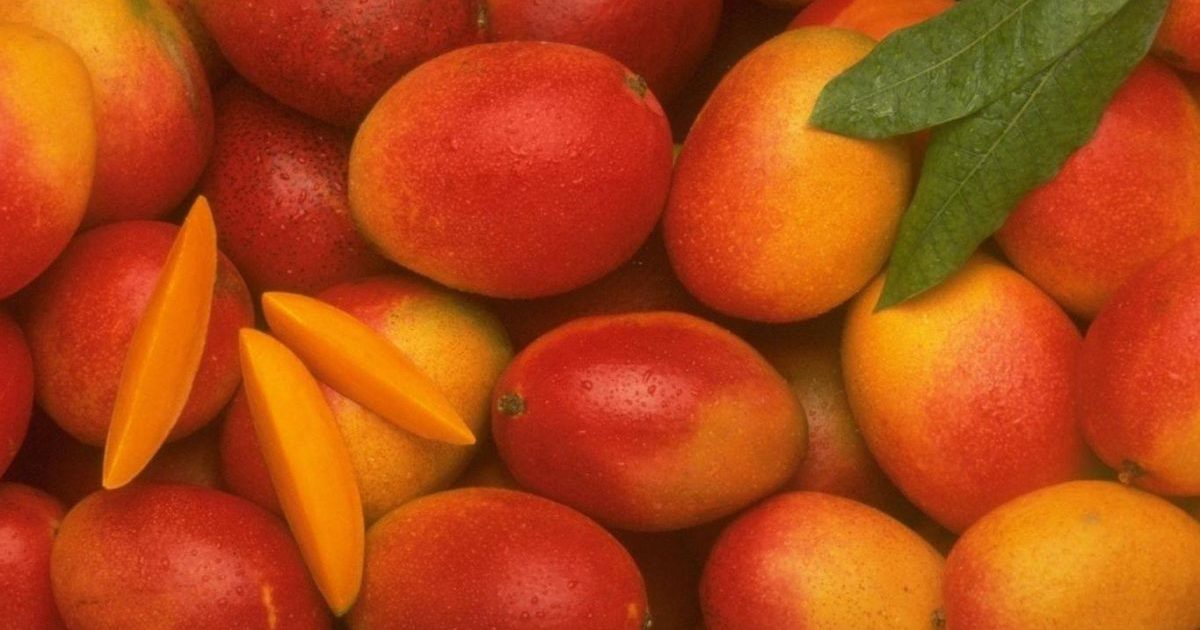 The benefits and harms of mango for the body of women and men - how to eat it?
The benefits and harms of mango for the body of women and men - how to eat it?
Anatoly
Hello. Thank you for the good content and clear material. I will try to put a lot into practice since I plan to plant a large garden. From my practice: it was noticed that the vaccine is well taking root if you use a black film.